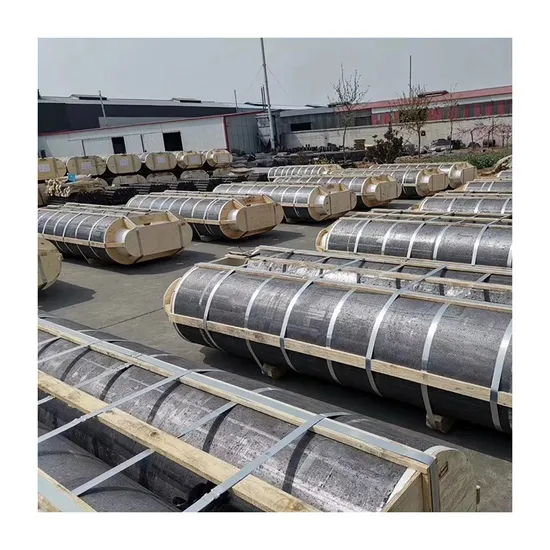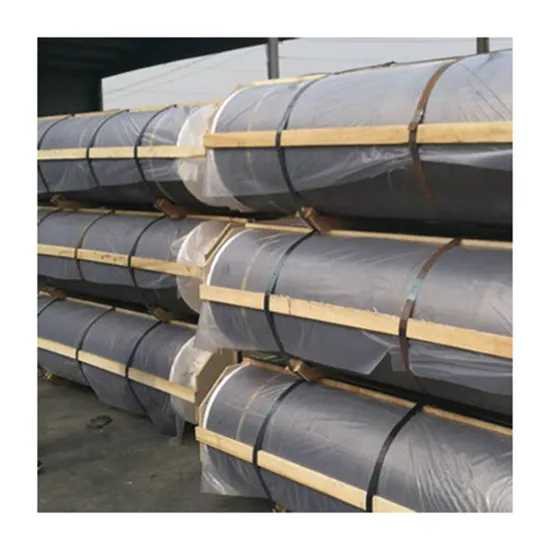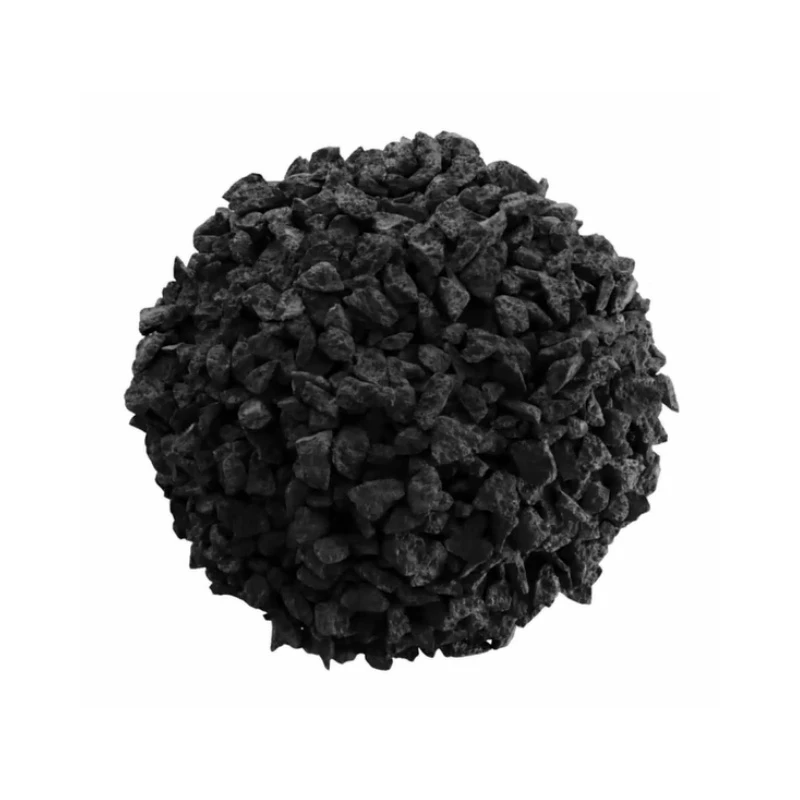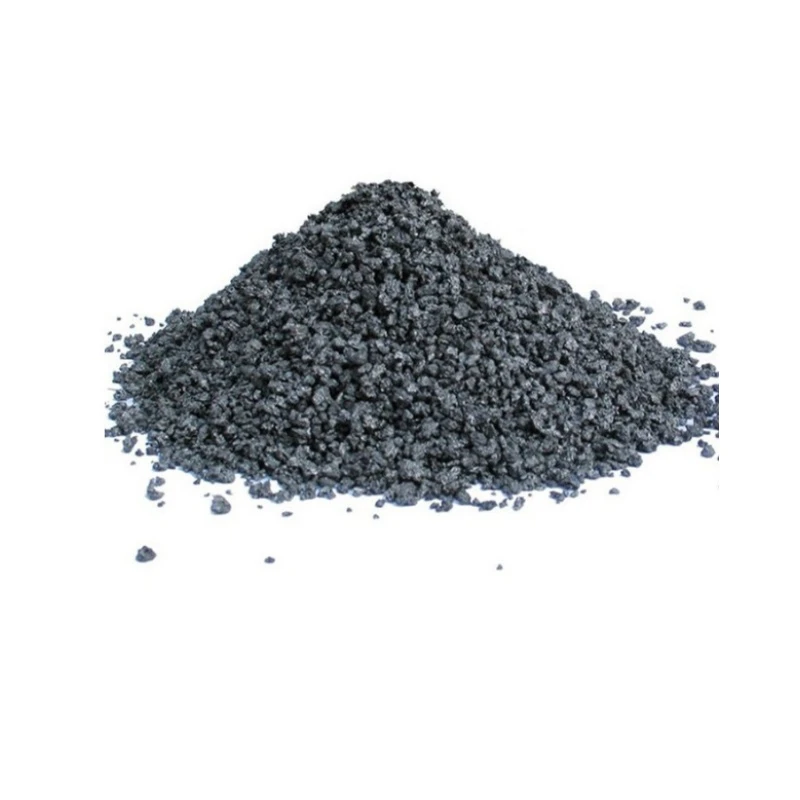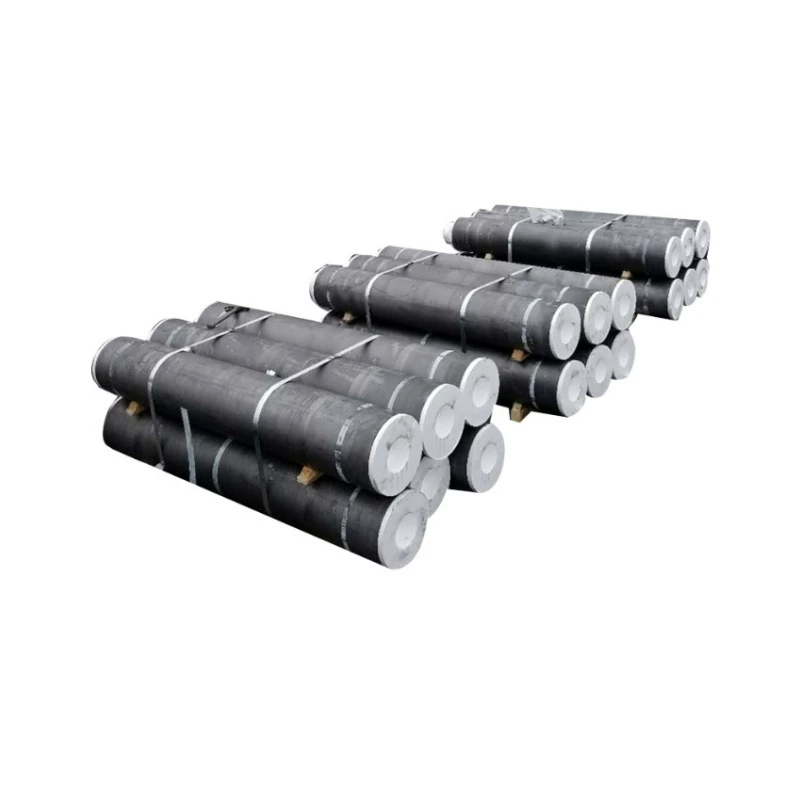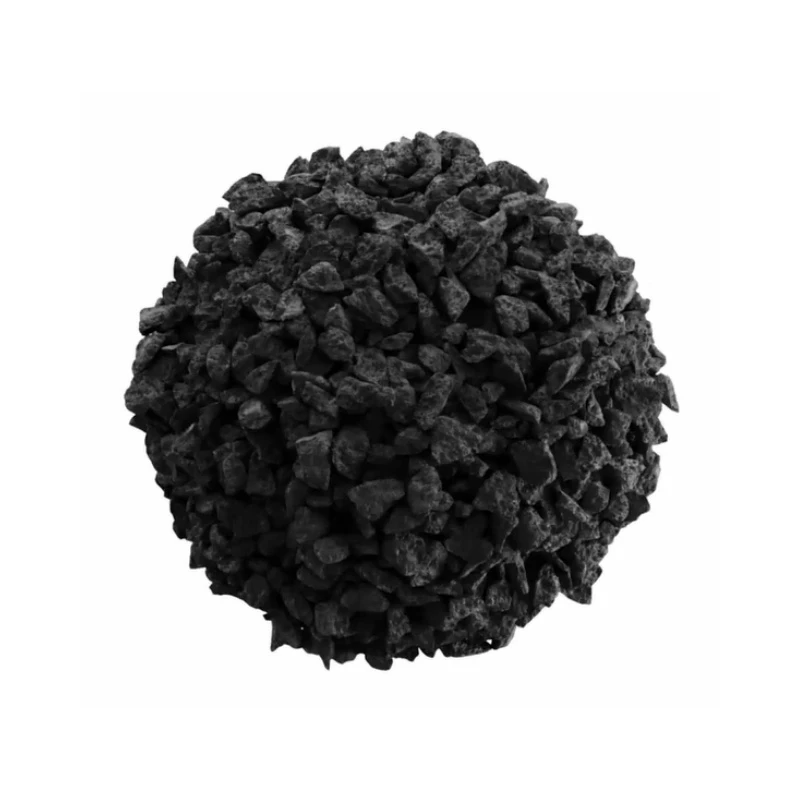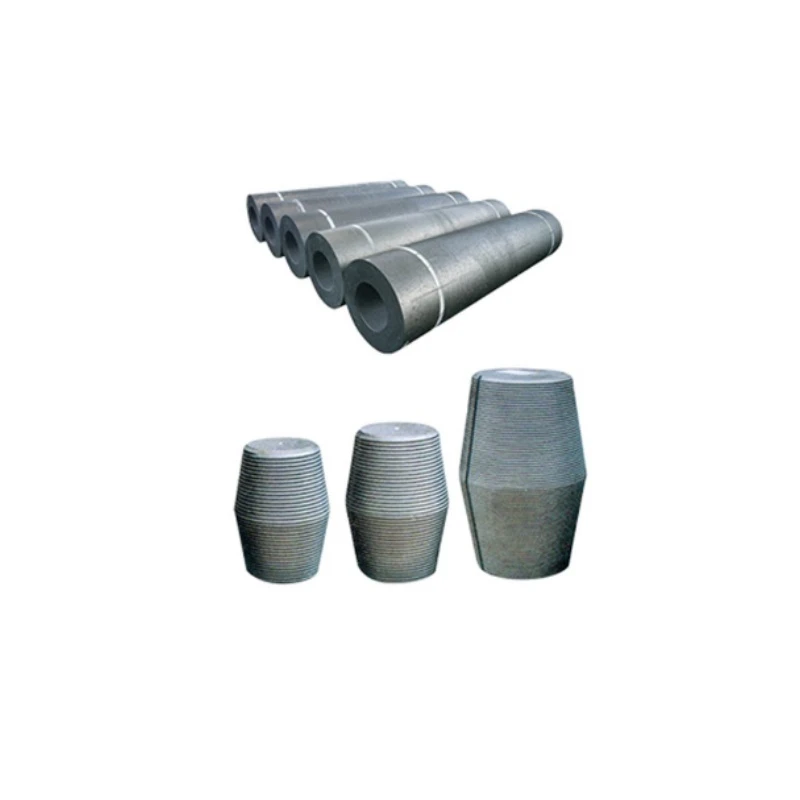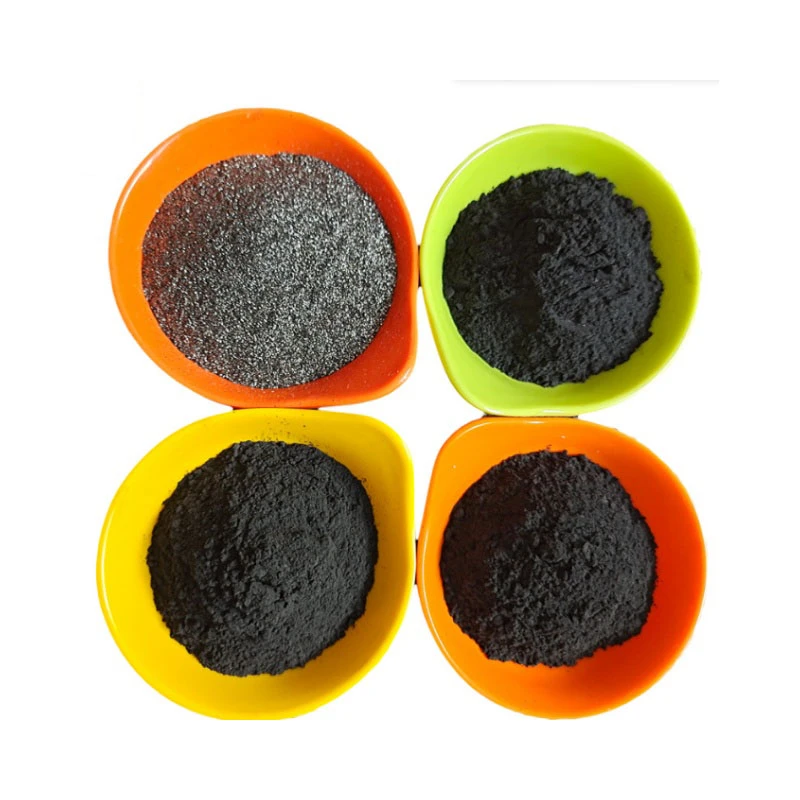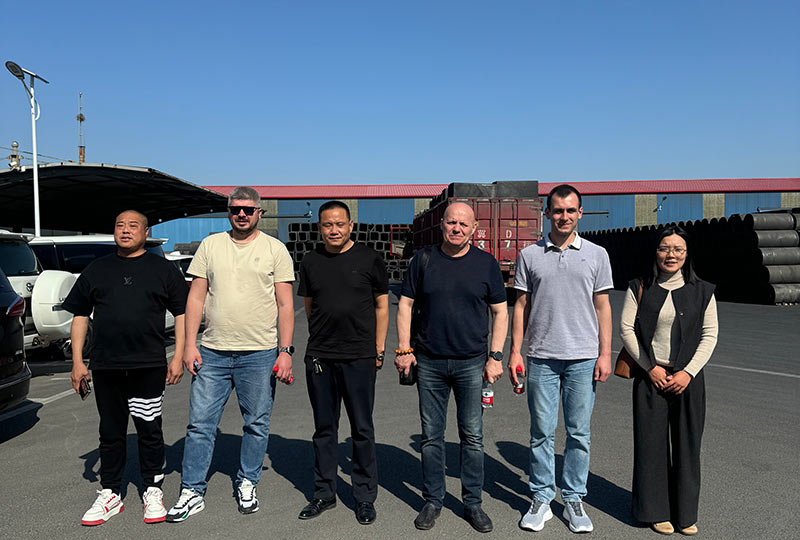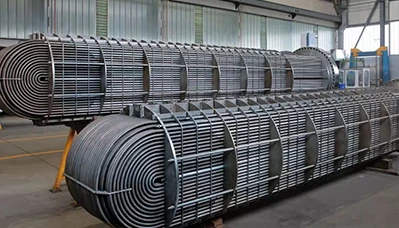- Englist


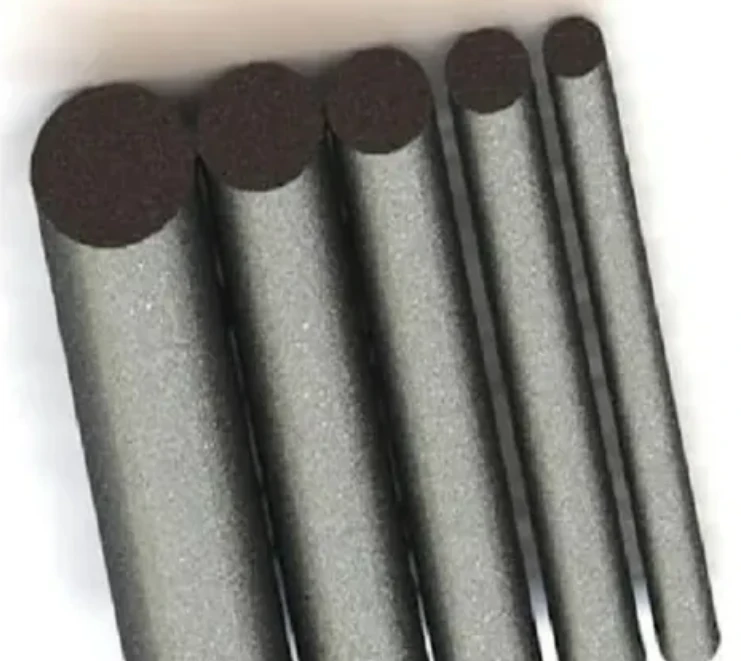
The industrial landscape is being transformed by the remarkable versatility of graphite rod technology, with applications spanning from aerospace to renewable energy. As demand grows for graphite rod for sale, manufacturers are innovating to meet diverse industry needs while balancing graphite rod price considerations. This comprehensive guide explores the manufacturing processes, market dynamics, and cutting-edge applications that make these carbon-based components indispensable in today's technology-driven world.
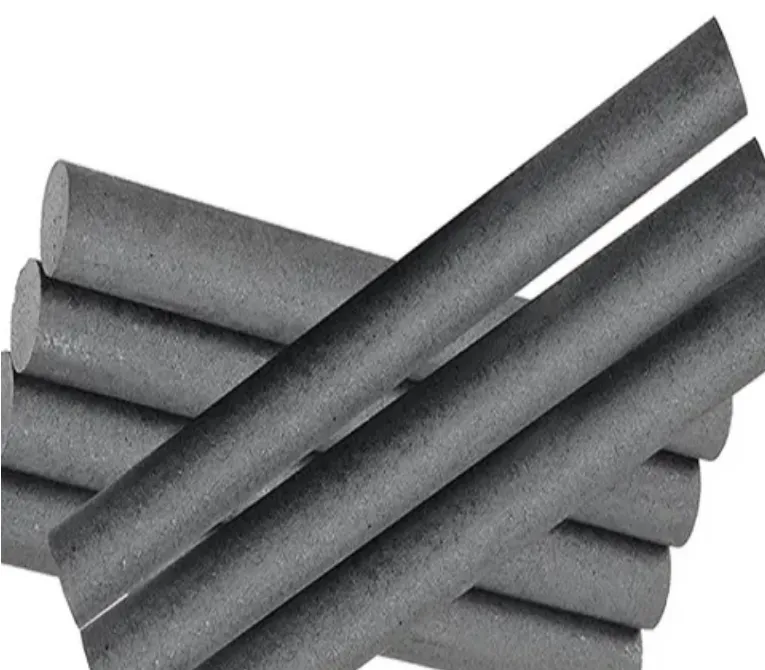
Exploring the Graphite Rod for Sale Market
The current market for graphite rod for sale offers an impressive array of specifications to meet specialized industrial requirements. Discerning buyers evaluate density, purity levels, and thermal properties when selecting graphite rod products. The graphite rod price spectrum reflects varying quality grades, from standard industrial versions to ultra-pure laboratory quality rods. Many graphite rod manufacturer operations now provide custom sizing and specialized surface treatments to address unique application challenges.
Inside a Graphite Rod Manufacturer Facility
A state-of-the-art graphite rod manufacturer facility combines advanced technology with meticulous craftsmanship. These specialized plants transform raw carbon materials into precision graphite rod components through isostatic pressing and high-temperature graphitization. The best graphite rod manufacturer operations implement rigorous quality control measures at every production stage, ensuring each graphite rod for sale meets exacting industry standards. Environmental considerations are increasingly shaping graphite rod production processes to minimize energy consumption and waste.
Understanding Graphite Rod Price Factors
The graphite rod price structure depends on multiple variables including raw material quality, production complexity, and market demand. Fluctuations in graphite rod price often reflect changes in energy costs and transportation expenses throughout the supply chain. The graphite rod manufacturer cost structure significantly influences baseline pricing, while specialized features command premium graphite rod price points. Market analysts note that long-term graphite rod value must consider both initial cost and operational lifespan in demanding applications.
Innovative Applications for Graphite Rod Technology
The applications for graphite rod components continue expanding across high-tech industries. Semiconductor manufacturers rely on ultra-pure versions for crystal growth processes, while the solar industry utilizes them in photovoltaic production. Aerospace engineers value graphite rod for sale options for their unique combination of lightweight properties and thermal stability. Emerging graphite rod uses include advanced battery technologies and nuclear reactor components, demonstrating the material's remarkable adaptability.
FAQS About Graphite Rod Solutions
What specifications determine graphite rod for sale quality?
Evaluating graphite rod for sale quality requires attention to several critical technical parameters. The apparent density measurement indicates the material's structural integrity and resistance to porosity. Thermal conductivity specifications determine how effectively a graphite rod performs in heat management applications. Electrical resistivity becomes crucial for electrochemical uses, while flexural strength ratings ensure mechanical reliability. Reputable graphite rod manufacturer operations provide comprehensive test data including ash content, grain orientation, and oxidation resistance metrics. These factors collectively determine whether a graphite rod meets the stringent requirements of specialized industrial applications.
How does graphite rod manufacturer process affect performance?
The graphite rod manufacturer production methodology fundamentally influences final product characteristics. Isostatic pressing techniques create more uniform graphite rod structures compared to conventional molding, resulting in better mechanical properties. The graphitization temperature and duration affect crystalline development, which governs thermal and electrical conductivity. Advanced graphite rod manufacturer facilities now employ real-time monitoring systems to optimize these parameters for specific graphite rod for sale applications. Post-production treatments like purification or impregnation can further enhance graphite rod performance for demanding uses while impacting the final graphite rod price.
What factors cause graphite rod price fluctuations?
The graphite rod price remains subject to dynamic market forces including raw material availability and energy costs. Changes in petroleum coke and coal tar pitch markets directly impact graphite rod manufacturer production expenses. Regional energy pricing variations create graphite rod price disparities between manufacturing locations. Technological breakthroughs can affect graphite rod for sale valuations, as improved processes may reduce costs while advanced applications could increase demand. Environmental regulations continue shaping graphite rod price structures by requiring cleaner production methods. The aluminum and steel industries' production cycles also influence graphite rod demand patterns and associated pricing.
How does graphite rod compare to alternative materials?
The competitive advantages of graphite rod become apparent when compared to metal or ceramic alternatives. Unlike metals that weaken at elevated temperatures, graphite rod for sale products maintain structural integrity in extreme heat environments. Compared to technical ceramics, graphite rod offers superior thermal shock resistance and machinability. The material's self-lubricating properties outperform metals in sliding applications, reducing maintenance requirements. While the initial graphite rod price may exceed some alternatives, the total lifecycle cost often proves favorable due to extended service life and reduced downtime. These characteristics explain why leading graphite rod manufacturer operations continue seeing growing demand across industries.
What emerging technologies will impact graphite rod applications?
Several technological developments promise to expand graphite rod utility in coming years. Advanced carbon composites incorporating graphite rod elements are enabling breakthroughs in aerospace and transportation. The renewable energy sector is developing new graphite rod for sale applications in next-generation battery and fuel cell technologies. Materials science innovations may yield graphite rod variants with enhanced oxidation resistance or mechanical strength. The graphite rod manufacturer community is particularly excited about nanotechnology applications that could create smart graphite rod products with embedded sensing capabilities. These advancements will likely influence both graphite rod price structures and performance standards across industries.
From specialized graphite rod for sale options to the fascinating production processes at a graphite rod manufacturer facility, these carbon components continue enabling technological progress. The graphite rod price reflects both the material's inherent value and its growing importance across industries. As manufacturing techniques advance and new applications emerge, graphite rod technology stands poised to play an even greater role in shaping our industrial future. Whether in traditional uses or cutting-edge applications, these remarkable materials demonstrate how carbon continues revolutionizing modern technology.





 Pervious
Pervious
 Next
Next
